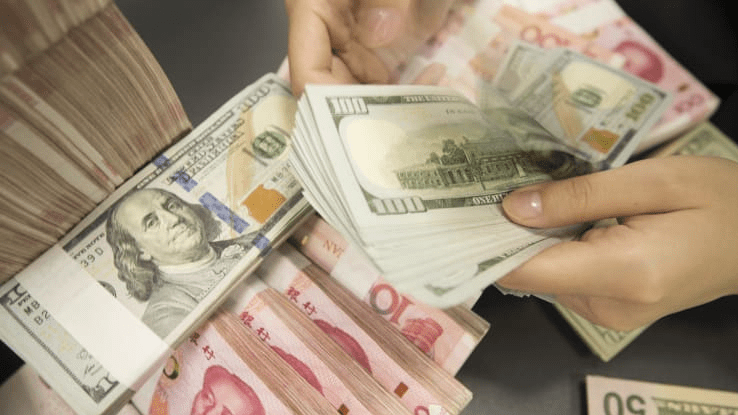China moves to curb yuan strength
October 12, 2020 @ 10:15 +03:00
The Chinese yuan fell on Monday following recent months of rallying. The weakness was triggered after the central bank changed rules on Saturday that made it cheaper for traders to short the currency. Shorting involves selling a borrowed asset, which can be a stock or currency, with the view that it will depreciate and can be bought back later at a lower price.
Over the weekend, the People’s Bank of China (PBOC) cut the forex risk reserve ratio for forward contracts — from 20% to zero, according to a central bank statement. Banks used to hold 20% of sales for some currency forward contracts, which essentially lock in the exchange rate for the sale of a currency on a future date. They no longer have to do so.
The central bank move appeared to be aimed at stabilizing the Chinese currency, also referred to as the renminbi (RMB). As of last week, the onshore yuan — which is traded on the mainland — has surged some 6.6% since May to around 6.69 against the dollar. Last Friday, the currency rallied around 1.4%.
This move also indicates that perhaps the central bank is giving onshore corporations the option of a hedge against “any sort of dollar strength that can happen on the back of any sort of uncertainty that will be coming up in the next one and a half months,” Garg told CNBC’s “Street Signs” on Monday.
While the U.S. Federal Reserve has cut rates and indicated they will stay near zero for years, China’s central bank has reversed the bulk of the decline in short-term rates – meaning that Chinese treasury yields are set to be above that of other major markets. That could draw investors to Chinese government bonds, leading to an inflow into the yuan — hence boding well for the exchange rate.
On Monday morning, the onshore yuan weakened from last Friday’s surge to above the 6.7 level again.
China moves to curb yuan strength, making it cheaper to bet against the currency, CNBC, Oct 12







